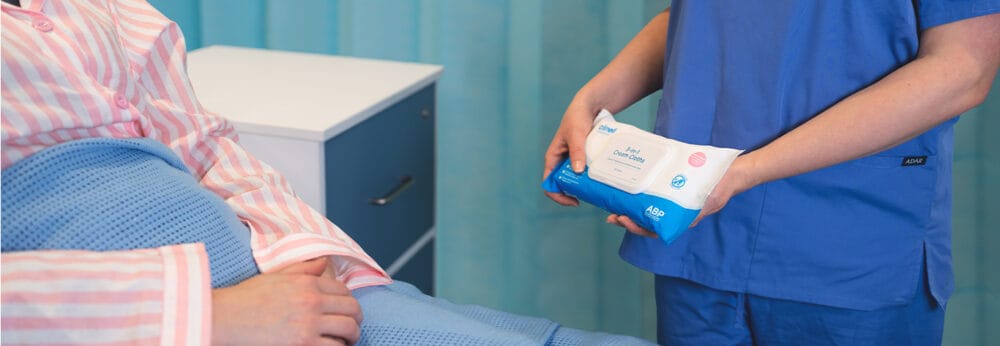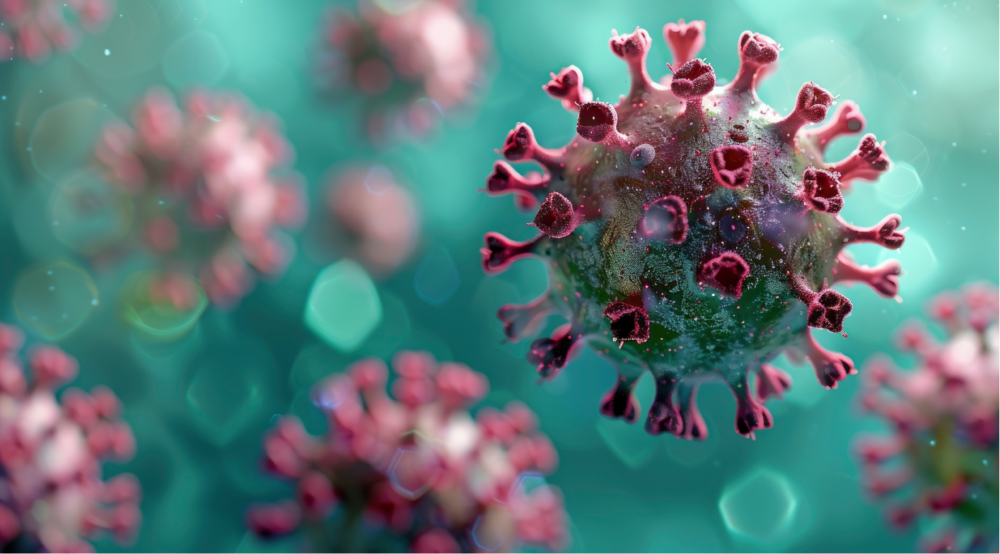Posted
28th November 2017
Research
We posted a week or two ago about a study evaluating the efficacy of various antiseptics and disinfectants for addressing Candida auris. A similar study published recently presents similar findings: chlorine-based disinfectants, and iodine-based and chlorhexidine-based antiseptics all have a role to play in tacking C. auris.
The lab study collected a range of C. auris isolates, including some multidrug-resistant strains, and performed a quantitative suspension test (EN 13624:2013) using a chlorine-based disinfectant, 10% povidone-iodine, 2% chlorhexidine in 70% alcohol, and 2% chlorhexidine gluconate. In clean and dirty conditions, all but the 2% chlorhexidine gluconate resulted in a >4.5 log reduction in the amount of C. auris present in the suspension. Interestingly, the povidone-iodine was not as effective against C. albicans, achieving only a ~3-log reduction. Also, it is worth noting that the chlorine-based disinfectant was tested with a longer 5 minute contact time, to reflect the use of this product as a surface disinfectant rather than skin or hand antiseptic. It would have been good to see the impact of the chlorine-based disinfectant with a shorter (and more realistic!) contact time; a 5 minute contact time is very difficult to achieve in practice, so this is not realistic of the use of disinfectants in practice.
The 2% chlorhexidine gluconate achieved a 1-3 log reduction on all strains of C. auris, within the 2 minute contact time. The testing methodology is important here: 4% chlorhexidine washcloths were shown to inhibit the growth of C. auris when tested using an experimental methodology in a recent study, which involved placing swatches of the cloths onto culture media to observe whether zones of clearing occurred. This experimental methodology is probably a better model for in-use efficacy, because it accounts for extended exposure to chlorhexidine due to residual activity. Also, it’s important to note that 4% chlorhexidine gluconate was diluted to 2% to match the concentration of chlorhexidine in the 2% chlorhexidine in 70% alcohol suspension.
These findings support the use of a range of disinfectants and antiseptics including chlorine-based disinfectants, and iodine-based and chlorhexidine- based antiseptics in the prevention and control of C. auris.
SHARE THIS ARTICLE
Tags
Latest News
Advancing Continence Care with Clinell Contiplan: Expanded Indications, Pathways and Proven Outcomes
This World Continence Week, Clinell Contiplan 3-in-1 Cream Cloths introduce…
Celebrating 20 Years of GAMA Healthcare: Our Story
This month, GAMA Healthcare celebrates 20 years of helping prevent…
Norovirus and gastroenteritis outbreaks, the party ‘pooper’ you don’t want invited!
Recently, on 11 October 2024, NSW Health issued a health…
Clean Between to Reduce Healthcare-Associated Infections
Healthcare-associated infections (HAIs) are a significant concern for healthcare facilities…



